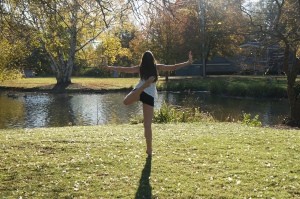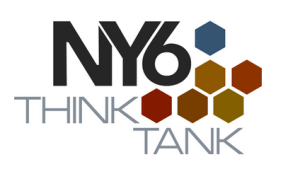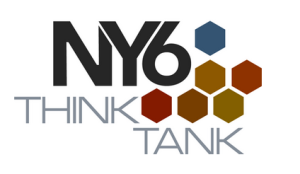For the past 8 weeks, I have been living in a cabin in the middle of the woods. The nearest town is a 15 minute drive away and the wifi is iffy at best. There are at least 5 ants a day scurrying around my cabin floor and there have been 3 bear sightings in the past week. To top it all off, yesterday campus was struck by lighting, taking out power and network connections in about half of the buildings.
But I love it.
I am constantly surrounded by people who are passionate about the same thing I am: dance. The mission of Jacob’s Pillow Dance Festival is to support the creation, presentation, education and preservation; and to engage and deepen the public support and appreciation of dance. I feel incredibly privileged to be working towards this goal with 32 other interns from around the world. We work 6 day weeks (many of which go until 8:30 or midnight) to support this incredible organization and make the best experience for our patrons and dancers. However, I must admit, it can be grueling after a long week of work with few breaks. But seeing a show on Wednesday evening is a rejuvenating experience.
I have had the opportunity to see every company that’s captivated audiences here thus far: Ballet BC, New York Theatre Ballet, Dorrance Dance, Big Dance Theater, BODYTRAFFIC, Nederlands Dans Theater II, Alonzo King LINES Ballet, and Company Wang Ramirez. Each one draws your admiration, forces you to think, and brings you to your feet at the end of the performance.
Today, I saw the sublime Sebastien Ramirez and Honji Wang in Monchichi. Our festival brochure advertises it as a piece that “questions intercultural differences within relationships.” This theme is something I have grappled with after growing up Asian-American in a New Jersey suburb, with a 5-year stint living in France, studying abroad in London, and dating my boyfriend who just became an American citizen after living in the Dominican Republic for the first few years of his life. Things are complicated in today’s multicultural world and we cannot let these complexities fall to the wayside for the sake of comfort and simplicity. Race, ethnicity, nationality, and identity are all incredibly relevant topics(/issues) and it was incredibly refreshing to see them portrayed as an “aesthetic marriage” (to quote Executive & Artistic Director Ella Baff). It’s something that can and should be beautiful. It doesn’t have to be the subject of negative news headlines around the country and the world. Ramirez & Wang showed us that there is curiosity and grace in these differences. Be authentic, even if it’s complicated.


